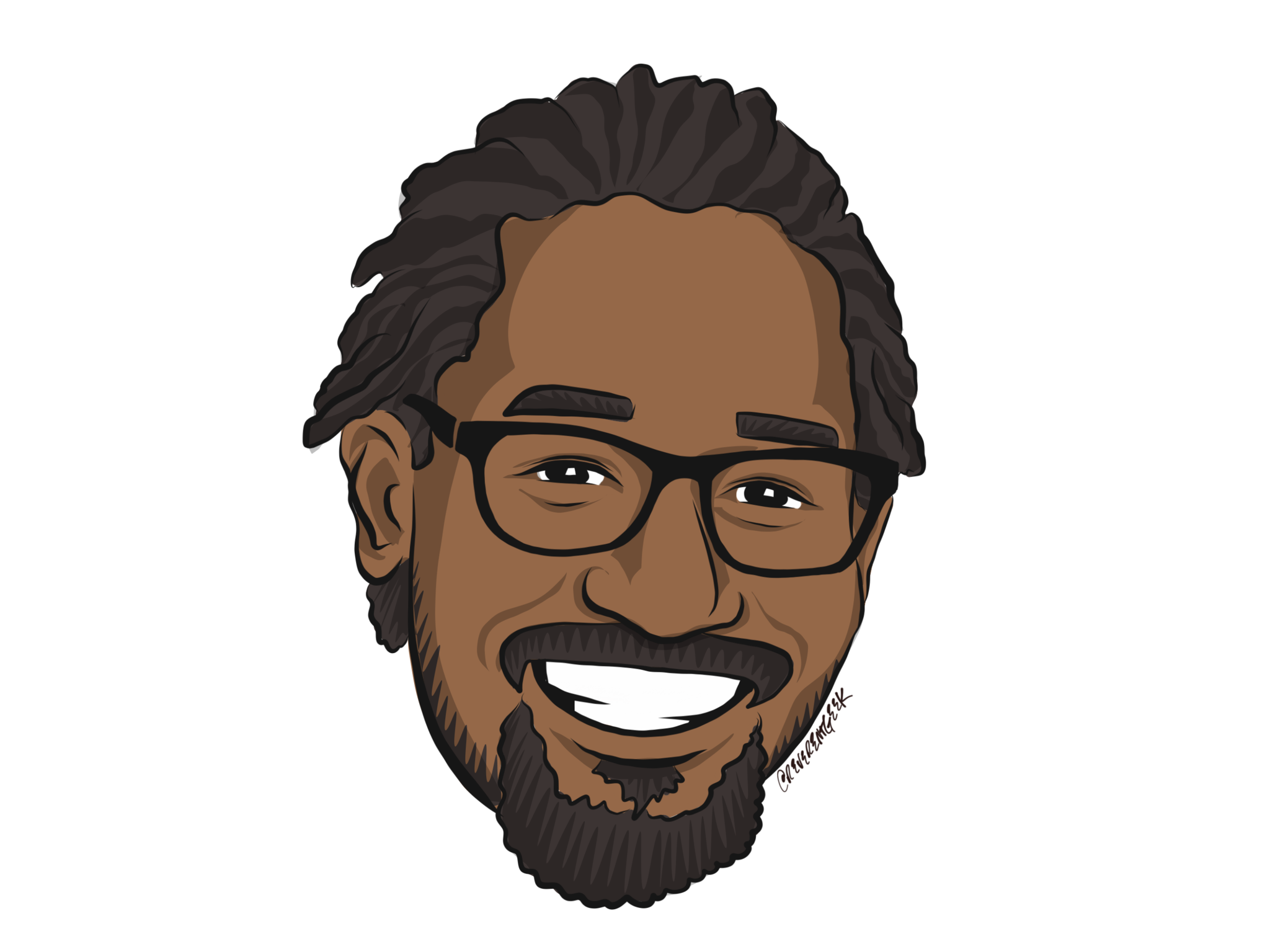Software Development Process - The Journey
I am starting a new set of topics on my experiences in the practical application of the software development lifecyle (SDLC). The tools are as important as the people, however a versatile process will always allow you to change one without the other.
My initial exposure to the SDLC was through the Rational Unified Process (RUP - http://bit.ly/mJq8Fu) in 2001 which along with the Unified Modelling Language (UML - http://www.uml.org/) during my days of Java development. Over the next 5 years there were a number of other influences:
- Eclipse (http://www.eclipse.org) vs JDeveloper
- Hibernate (http://www.hibernate.org/) Object Relational Mapping project, to ease the SQL needed to save and update POJOS (plain old java objects)
- Spring Framework (http://www.springsource.org) the first step towards a useable Java Framework from Rod Johnson, with Dependency Injection, XML bean configuration, Application Contexts all dealing with POJOS. I basically memorized his whole book J2EE Design and Development
- Martin Fowler, Refactoring - Changing the Design of Existing Code without affecting functionality
- Scott Ambler - Object-Relational Mismatch, Coding Standards, and Database Refactoring
- Kent Beck - Junit
- Design Patterns from the Gang of Four - while these were not immediately applicable, they were extensively referred to in refactoring and the spring framework
- Alistair Cockburn - Use cases - did not make so much sense till about 2 years ago
- Javaworld and the Serverside.com (http://www.theserverside.com) - excellently written articles on solving common problems and experiences before Google and StackOverflow (http://stackoverflow.com)
- Not forgetting the good old version control, have been using CVSNT (http://www.march-hare.com/cvspro/), yes CVS on Windows, however the product has been retired, so its almost time to move, though to what - Subversion, Mercurial, Bazaar???
Also mid-way was a change of programming languages from Java to PHP mainly due to ease of deployment for web applications.
Therefore the journey will touch on the different influences to a practical process that is still evolving.
